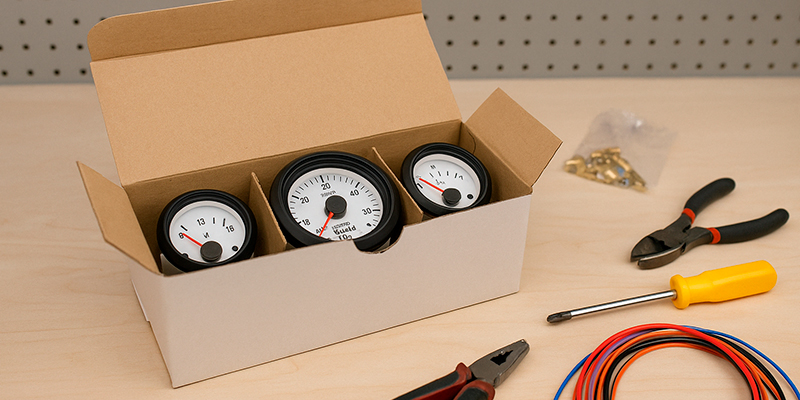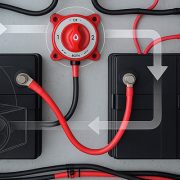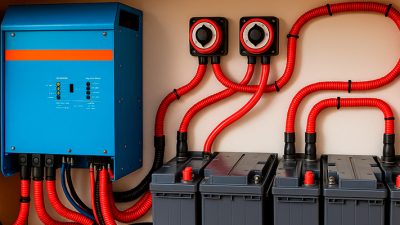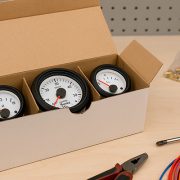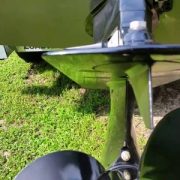Wiring VDO gauges correctly is essential for accurate readings and reliable performance in any marine or automotive system. These analog instruments are widely used for monitoring parameters like oil pressure, water temperature, voltage, fuel level, and tachometer signals. Below is a general step-by-step guide to help you wire VDO gauges safely and efficiently.
1. Understand the VDO Gauge Terminals
Most VDO gauges follow a standard terminal configuration:
- G — Ground (Negative terminal)
- 30 or +12V — Ignition-switched power supply
- S — Signal from the sensor or sender unit
- L — Lighting terminal for backlight (optional)
2. Gather Required Components
Before starting the installation, ensure you have the following:
- VDO gauge and compatible sender
- 12V or 24V power supply (depending on gauge rating)
- Correct gauge wiring harness or suitable marine-grade wires
- Fuse (typically 1-3 amps per gauge)
- Crimp terminals, ring connectors, and heat shrink tubing
3. Connect Power and Ground
Connect the ignition-switched positive wire (usually red) to the terminal marked 30 or +12V. Connect the black wire to the G terminal and ensure it leads to a clean ground point on the vessel or vehicle frame.
4. Connect Signal Wire
Connect the sender’s signal output wire directly to the S terminal on the back of the gauge. The sender must match the gauge type (e.g., resistive range for fuel level, voltage output for tachometers).
5. Wire the Gauge Lighting
If the gauge includes a backlight, connect the L terminal to the boat or vehicle’s lighting circuit so the gauge illuminates when lights are turned on.
6. Install Inline Fuse
To protect the gauge from surges, place a fuse between the power source and the +12V terminal. A 1-amp fuse is usually sufficient for one gauge; use a higher-rated fuse if connecting multiple gauges to a shared circuit.
7. Test the System
After all connections are made, turn on the ignition and check that each gauge responds correctly. Verify lighting, readings, and sender function. If the gauge pegs or reads incorrectly, double-check ground continuity and sender compatibility.
8. Secure and Seal
Use zip ties to secure wires and prevent movement. In marine environments, protect all connections with heat shrink tubing or marine sealant to prevent corrosion.
Conclusion
Properly wiring your VDO gauges ensures reliable monitoring of engine and system functions. Always follow manufacturer specifications for sensor types, voltage rating, and wiring color codes. Whether you are installing a single voltmeter or a full set of instruments, careful planning and clean connections will deliver accurate and dependable performance.

